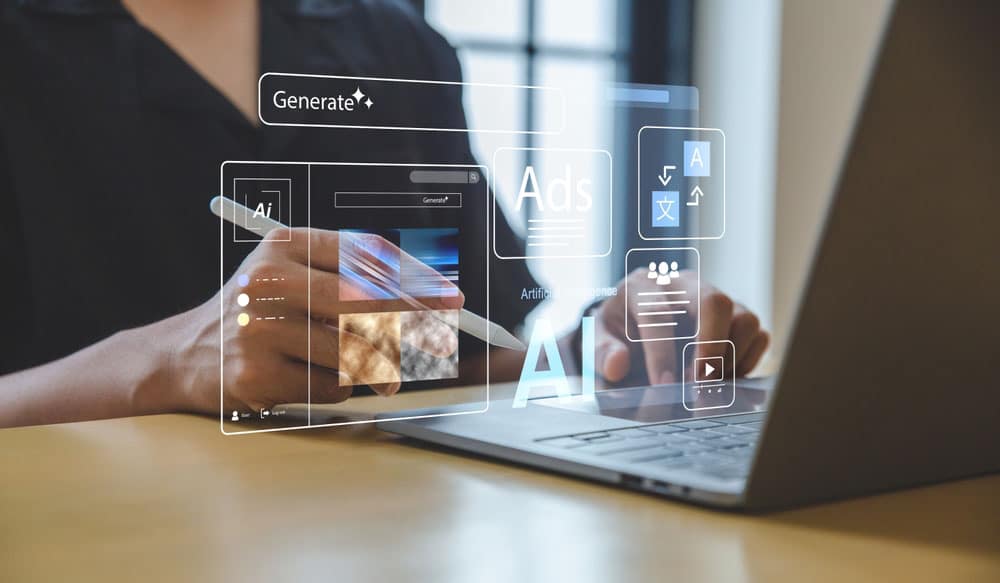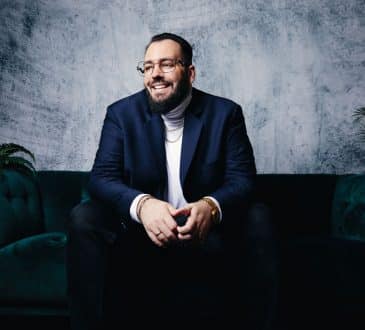Gen AI Is Not “Lost in Translation”

The translation industry has long struggled with preserving cultural nuance and context. Historically, machine translation tools have been limited to word-for-word conversions, often missing the deeper meaning behind phrases, idioms, and region-specific references. However, advances in Gen AI translation are rapidly transforming this landscape, offering solutions that go beyond literal interpretation to capture the essence of communication.
Akshat Prakash, CTO of CAMB.AI, is at the forefront of these developments. In a recent conversation, he shared insights into how AI is revolutionizing translation, breaking down barriers for enterprises, and even helping preserve endangered languages.
A New Era of Culturally-Aware Translation
Traditional machine translation systems have struggled with contextual accuracy. A phrase like “The ball goes and peppers off of the Green Monster” is meaningless unless one knows that the “Green Monster” refers to Fenway Park’s famous left-field wall. Simply translating it word-for-word would strip it of its cultural significance.
AI-driven translation models, such as BOLI, have changed this by incorporating contextual understanding. Instead of relying solely on linguistic rules, they analyze broader context—regional references, idioms, and even the intended emotional tone—delivering translations that resonate with diverse audiences. This shift has fueled the rapid adoption of AI-driven, no-human-in-the-loop translation solutions, which are now capable of providing culturally accurate interpretations in real time.
Overcoming the Trust Barrier in Enterprise Adoption
Despite AI’s rapid advancement, enterprises have remained cautious about relying on machine translation for high-stakes communication. The hesitation stems from an all-or-nothing perception—if AI isn’t 100% accurate, it’s deemed unreliable. Yet, human translation isn’t flawless either, particularly in low-resource languages where accuracy can be inconsistent.
Prakash highlights the importance of enterprise education in overcoming this skepticism. By benchmarking AI translation against human translation, businesses gain a clearer understanding of AI’s capabilities. As companies become more comfortable with AI-driven translation, adoption continues to grow across industries.
The Next Frontier: Multi-Modal Translation
Most current AI translation models specialize in a single modality—text, audio, or image. However, the next leap forward lies in multi-modal translation, where AI integrates multiple signals simultaneously.
For instance, analyzing both video and audio inputs can significantly enhance accuracy. A model processing a sports broadcast wouldn’t just translate the commentator’s words—it would also interpret visual cues such as player reactions or scoreboard changes. This layered understanding mimics human perception, bringing AI closer to human-level accuracy.
Prakash believes that as these multi-modal models become more sophisticated, they could rival the top 0.01% of professional translators. This breakthrough will fundamentally reshape the media and translation industries in the next 3-5 years.
Speed vs. Accuracy: Striking the Right Balance
One of the biggest challenges in real-time AI translation is the trade-off between accuracy and speed. Enterprises demand both, but larger AI models require immense processing power, leading to latency issues.
The solution, according to Prakash, is rethinking model architecture. Instead of building massive, general-purpose models, the industry is shifting toward smaller, specialized models optimized for specific use cases. These streamlined models can be deployed on devices rather than relying on cloud-based GPU infrastructure, allowing for faster and more efficient real-time translation. This shift away from brute-force computation marks a turning point in AI development—one that prioritizes agility and precision.
One of the most surprising applications of AI translation has emerged in the advertising industry. Translating text within images—such as banners or posters with intricate fonts—has historically been a challenge. It’s not just about replacing the words; the new text must be seamlessly integrated into the design to maintain the original aesthetic.
New AI-driven solutions address this issue, helping advertisers localize their visual content at scale. This innovation has opened new doors for brands looking to reach global audiences while preserving the visual integrity of their marketing materials.
AI’s Role in Language Preservation
Perhaps the most profound impact of AI translation lies in its ability to support and preserve rare and endangered languages. Many indigenous languages face extinction due to a lack of digital presence and resources for translation.
Smaller AI models, such as MARS (which operates with just 80 million parameters), require minimal data to learn new languages. CAMB.AI has been actively collaborating with media organizations to develop translation models for languages spoken by only a few hundred people, such as Maleku. These efforts transform AI into a digital preservation tool, ensuring that these languages continue to exist in the digital age.
The future of AI translation extends beyond merely converting words—it’s about redefining how people communicate. Real-time AI-driven translation could make cross-lingual conversations as seamless as enabling subtitles on a video. This would have far-reaching implications across education, healthcare, business, and telecommunications, driving inclusivity and accessibility on a global scale.
Currently, much of the internet is designed with English speakers in mind. AI translation promises a shift toward a truly multilingual digital landscape, allowing billions to engage with content in their native languages without friction.
The Impact on Sports and Entertainment
Sports and entertainment industries have been early adopters of AI translation, pushing technological boundaries in live events. One of the most significant breakthroughs has been real-time, emotion-preserving translation for live sports broadcasts and film dubbing.
This goes beyond simple word conversion—AI now captures the energy of a sports commentator or the dramatic delivery of an actor, ensuring that audiences experience the original emotional intensity across languages. Such advancements bring us closer to a future where content is inherently global from the moment of creation, removing language as a barrier to cultural exchange.
A Future Without Language Barriers
With governments like the US and UK investing heavily in AI, the funding landscape is evolving. Early AI ventures often relied on massive capital inflows and unsustainable compute-heavy models. However, venture capitalists are now favoring companies that take a more capital-efficient approach. Prakash sees this as the future of AI funding—moving away from high-burn models and toward sustainable, edge-first innovations.
As AI translation technology advances, the world moves closer to a reality where language is no longer a barrier. Whether it’s enabling real-time multilingual conversations, preserving endangered languages, or helping businesses expand globally, AI-driven translation is transforming the way people communicate.
Rather than replacing human translators, AI is enhancing their capabilities, enabling deeper cultural understanding and broader accessibility. As Prakash notes, the real revolution will come when translation is no longer viewed as a technical problem, but as a means of preserving and sharing human expression across cultures. In this vision of the future, AI is not just a tool—it’s a bridge connecting people across languages and traditions.
Have you read?
Largest Asset Owners In The World.
Best Countries for Work-Life Balance.
Largest Economies in the World by GDP (nominal).
Safest Countries in the World.
Most Productive Countries in the World.
Bring the best of the CEOWORLD magazine's global journalism to audiences in the United States and around the world. - Add CEOWORLD magazine to your Google News feed.
Follow CEOWORLD magazine headlines on: Google News, LinkedIn, Twitter, and Facebook.
Copyright 2025 The CEOWORLD magazine. All rights reserved. This material (and any extract from it) must not be copied, redistributed or placed on any website, without CEOWORLD magazine' prior written consent. For media queries, please contact: info@ceoworld.biz








